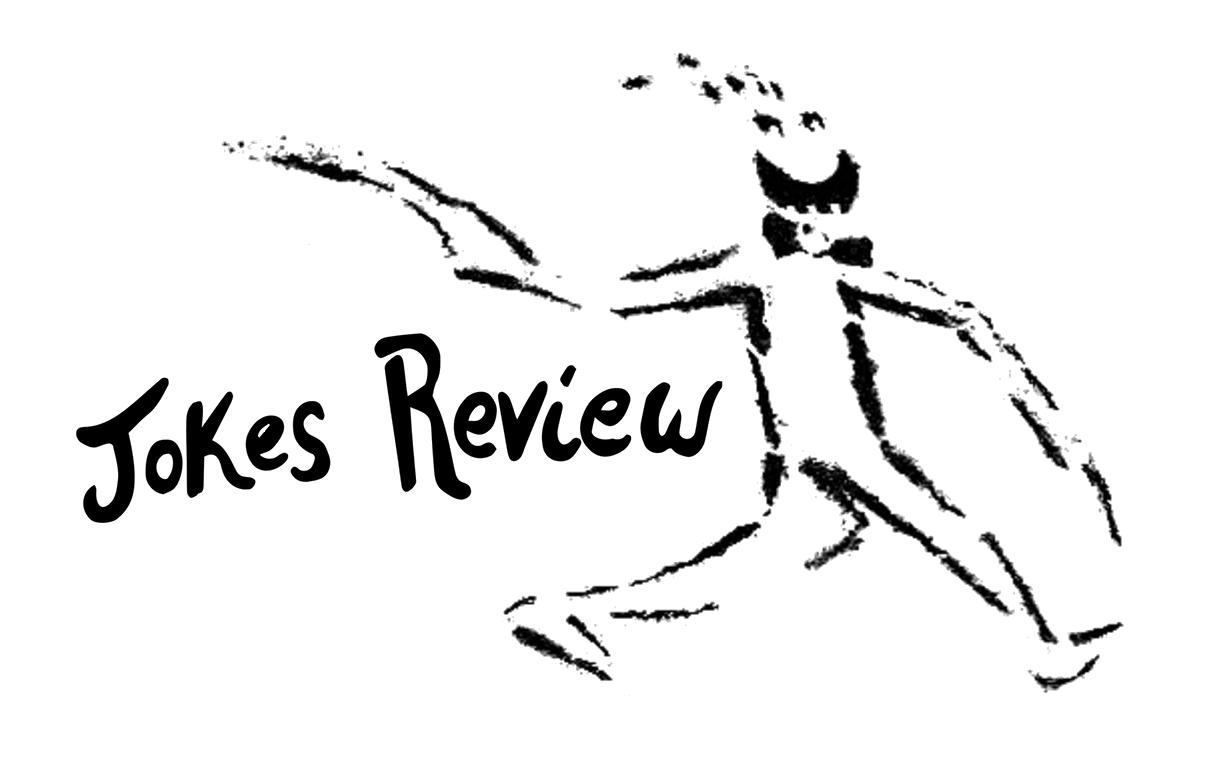Poet Kenneth Goldsmith once called archiving the folk art of the digital age. Whether it’s in the form of a Spotify playlist or a portable hard drive filled with Rule34, archiving is a creative act which allows regular people (i.e., people who don’t attach words like “artist” or “auteur” to their name) to express their tastes and sensibilities using the raw materials of cyberspace. As Goldsmith writes, “Like quilting, archiving employs the obsessive stitching together of many small found pieces into a larger vision, a personal attempt at ordering a chaotic world.”
And while Goldsmith makes no mention of Wikis, I think the plethora of fan Wikis that populate the Internet today count as a form of folk art. Movies, cartoons, video games, book series, soft drinks—almost every intellectual property has a fandom, and almost every fandom has a Wiki. These Wikis are more than amateur encyclopedias—they’re a testament to the obsessiveness of 21st-century culture.
I’m a bit ashamed to admit how much time I’ve spent poring over Wikis for Mountain Dew, Star Trek, Digimon, The Wizard of Oz, etc. Reading Wikis for hours on end may sound pointless and downright torturous (even the best Wikis are plagued with spelling mistakes, grammatical errors, and tediously written diatribes about minutiae only the most die-hard of fans would care about) but every fan Wiki showcases the dedication and eccentricity of their respective fandoms, and for that I salute them.
Take, for example, this article for the character Blu from the animated film series Rio. Rio is a fun family flick, but it’s not what I’d call complex. The plot, characters, morals—they’re all simple, since it’s a movie made for children. But the article’s author writes about Blu in such exhaustive detail that you’d think they were writing about King Lear or the history of Constantinople. The article’s trivia section (word count: approx. 1600) tells you anything you’d ever want to know about this feathered fella, from his dislike of Brazil nuts to his interactions with every character in the film, no matter how brief or inconsequential.
But my favorite part is the Quotes section. Usually, a Quotes section will contain a character’s most notable pieces of dialogue, but this article includes every word Blu has ever uttered in every piece of Rio media ever made, from the films to the junior novels. This Quotes section clocks in at an intimidating 4,600 words. The author probably spent hours consuming and re-consuming every piece of Rio media, meticulously transcribing each scene. Reading this article is both unnerving and heartening—unnerving because of the author’s mania for a blue CGI parrot, and heartening because of the author’s obvious love for the franchise, no matter how unhealthy that love may be.
A lot of people wouldn’t call an article like this art, but I disagree. If Marcel Duchamp could scribble his name on a urinal and call it art, and if Kenneth Goldsmith can turn a database of traffic reports into a poetry collection, then why can’t this article be art? We live in a fragmented, obsessive, information-saturated world. Wikis (especially the weird ones) capture this ethos better than any other form of media I know of. The amount of time and dedication it takes to create an article like this (or any Wiki article, really) demonstrates a level of sincerity which I think is severely lacking in the realm of arts and letters today. Whenever “fine” or “serious” art finds itself stagnating or wallowing in its own cynicism (people who call themselves “artists” or “auteurs” have a nasty habit of doing this), it’s usually the role of folk art and outsider art to freshen things up and dig us out.








































